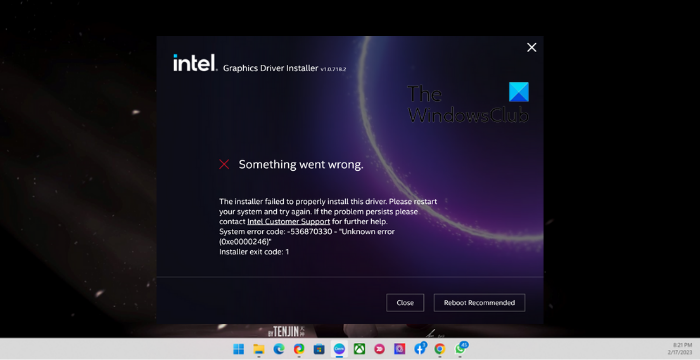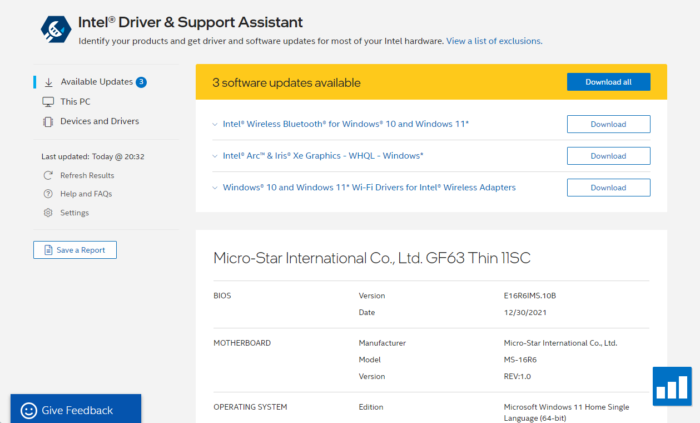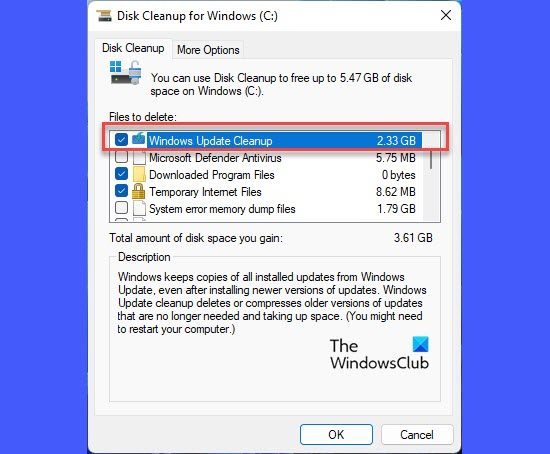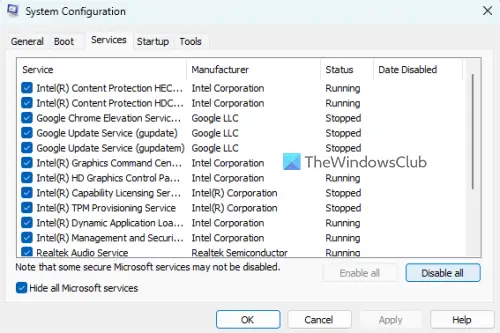This post features solutions to fix The installer failed to properly install this driver, Exit Code 1, on Windows 11/10 devices. This error code indicates that the driver installation has failed due to some error during the installation procedure. Here’s the complete error message:
Something went wrong
The installer failed to properly install this driver. Please restart your system and try again. If the problem persists please contact Intel Customer Support for further help. System error code: -536870330-“Unknown error (0xe0000246)”
Installer exit code: 1
Fortunately, you can follow some simple suggestions to fix it.

Fix The installer failed to properly install this driver, Exit code 1
To fix the installer failed to properly install this driver, check if the downloaded driver file isn’t corrupted and is compatible with your device. Other than that, here are some tested fixes:
- Check System Compatibility
- Use Intel Driver & Support Assistant
- Clear space using Disk Cleanup
- Install the driver in Clean Boot State
- Manually install your Intel Graphics Driver
- Restore BIOS to its Default Values
Now let’s see these in detail.
1] Check System Compatibility
Before starting with different troubleshooting methods, check if your device supports the driver version you downloaded. You can do so by checking the manufacturer’s website for the latest version of the driver.
2] Use Intel Driver & Support Assistant

The Intel Driver & Support Assistant allows users to scan their devices and keep Intel drivers and related software updated. This tool scans your device for outdated and corrupted drivers and helps keep them updated. Other than that, it also offers additional information, such as System Information and support options.
3] Clear space using Disk Cleanup

Windows can have trouble downloading driver updates if your device is clogged with Temporary and Junk files. These temporary files are stored automatically to enhance one’s experience. These files serve no purpose and should be deleted from time to time. Here is how you can do it using Disk Cleanup Tool:
- Search for Disk Cleanup and click open it.
- Select the files that you want to delete.
- The Disk Cleanup system will now ask for confirmation.
- Click on Delete Files to proceed.
- Do note that you will see more options if you click on Clean up system files.
- Using this option, you can delete all but the latest system restore points, Windows Update Cleanup, Previous Windows installations, etc.
4] Install the driver in Clean Boot State

Third-party applications installed on your device can be the reason why The installer failed to properly install this driver occurs. Perform a Clean Boot of your PC to restrict all third-party applications.
Now install the driver in Clean Boot State and see if it works.
5] Manually install your Intel Graphics Driver
If the error still isn’t fixed, try installing Intel drivers manually. Here’s how you can do it:
- Identify the Intel Graphics Controller available on your device.
- Go to the Intel Download Center or your computer manufacturer’s driver site and download the latest graphics driver.
- Navigate to Device Manager > Display Adapters > Right Click and Click Update Driver (Browse my computer for drivers)
- Select Let me pick from a list of available drivers on my computer followed by Microsoft Basic Display Adapter and click Next.
6] Restore BIOS to its Default Values
If none of these suggestions could help, restore BIOS to its defaults. This is because a corrupted BIOS can make your system malfunction. Here’s how you can reset BIOS settings to their default values.
Let us know if anything here helped you.
Read: No driver was found that can be installed on the current device, Exit code 8
How do I fix Exit code 1 in Graphics driver installation?
To fix the error code 1 while installing graphics drivers, use the Intel Driver & Support Assistant and try installing the drivers manually. However, if that doesn’t help, consider installing the drivers in clean boot mode or reset your device’s BIOS.
Why can’t I install Intel Graphics driver?
The main reason could be the driver version you’re trying to install isn’t compatible with your device. However, third-party apps and antivirus software can also block driver installation. If that’s the case, try installing the driver in clean boot mode.